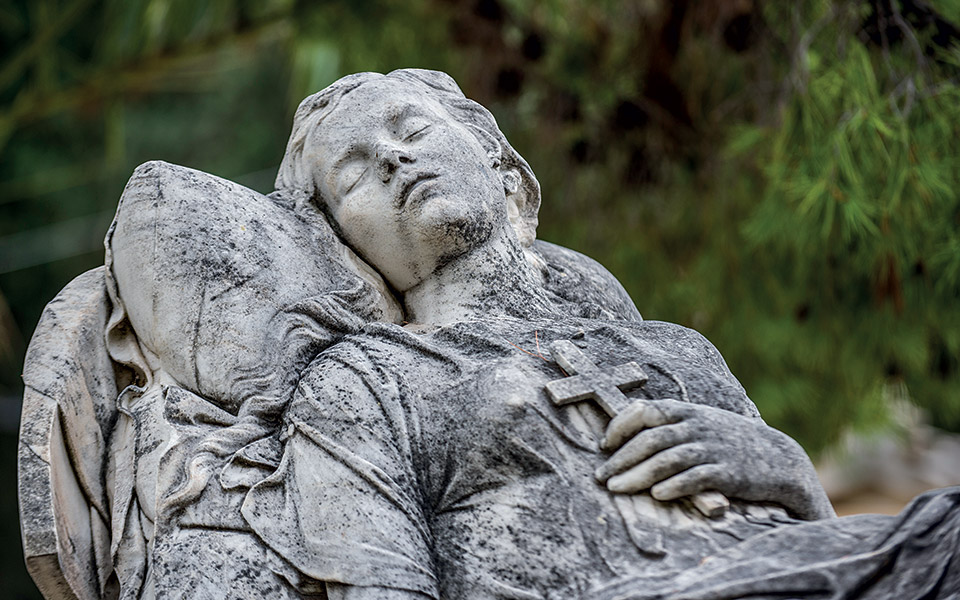
Sleeping Woman
“Sleeping Woman” (1878), by Yannoulis Chalepas, from the tomb of 18-year-old Sofia Afentaki in the First Cemetery of Athens. The beautiful young Athenian, after declining several wedding proposals, fell in love with an Italian tenor. When her father did not approve of the relationship, however, she ended her own life and her beloved shot himself.
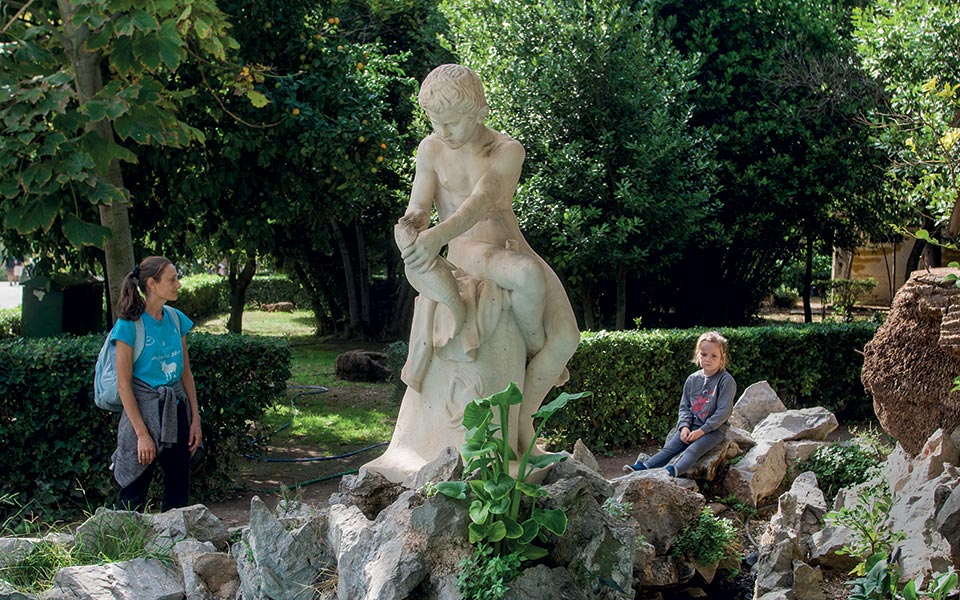
Young Fisherman
Dimitrios Filippotis, who, like Chalepas, hailed from the island of Tinos, created the statue of the “Young Fisherman” in 1874. The work, which stands in a pool in the Zappeion Gardens, depicts a young boy sitting on a rock, trying to remove a hook from a freshly-caught fish.
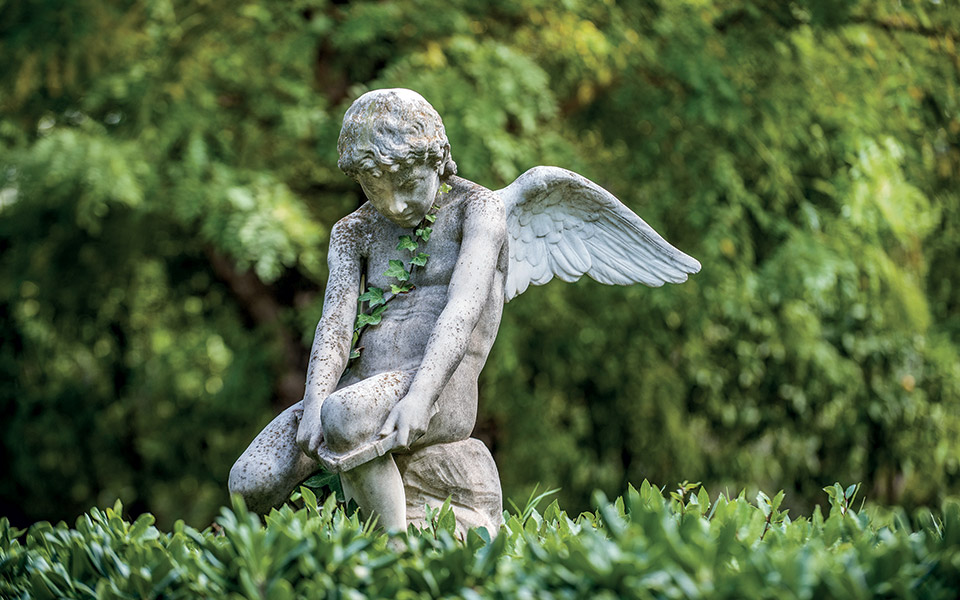
Eros
Inspired by the winged god of love who caused people to fall in love by shooting them with his arrows, Georgios Vroutos created a sculpture depicting Eros breaking his bow. The 1896 work, is also to be found at the Zappeion.
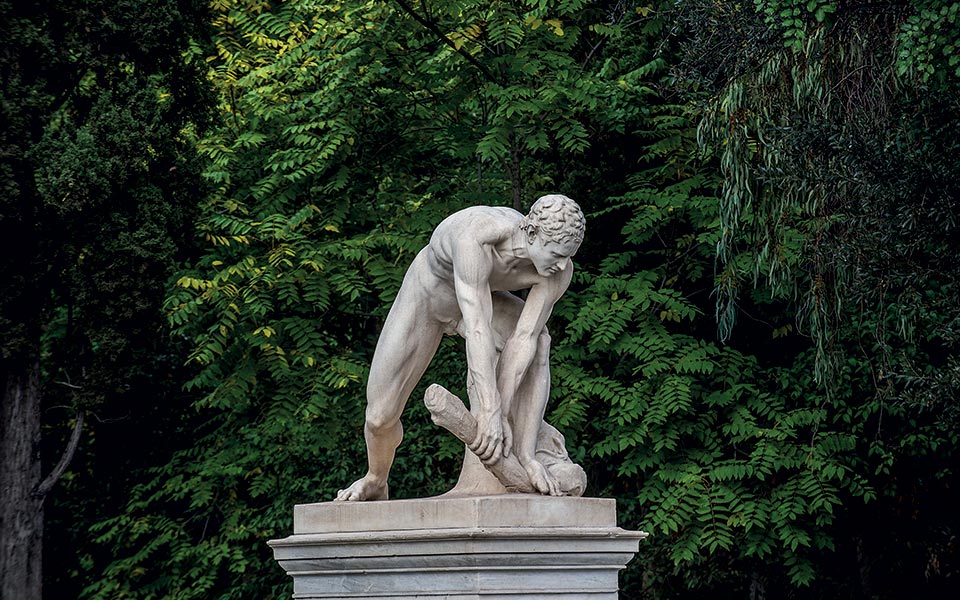
Xylothravstis
Yet another sculpture at the Zappeion, opposite the Kallimarmaro Stadium, is the exquisite “Xylothravstis” (“Wood Breaker”) by Demetrios Filippotis, carved in 1908, which combines brawn with grace.
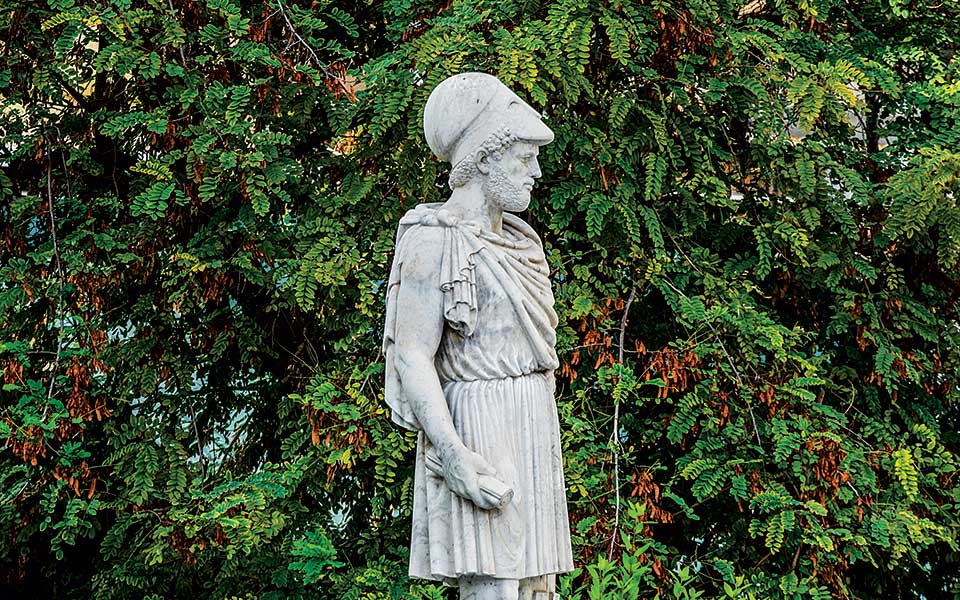
Pericles
Pericles (495-429 BC), classical Athens’ emblematic leader, will forever be identified with the architectural masterpieces he erected on the Acropolis at the peak of Athenian democracy. His statue (1971), standing outside the Athens City Hall, is a work by Heinrich Faltermeier.
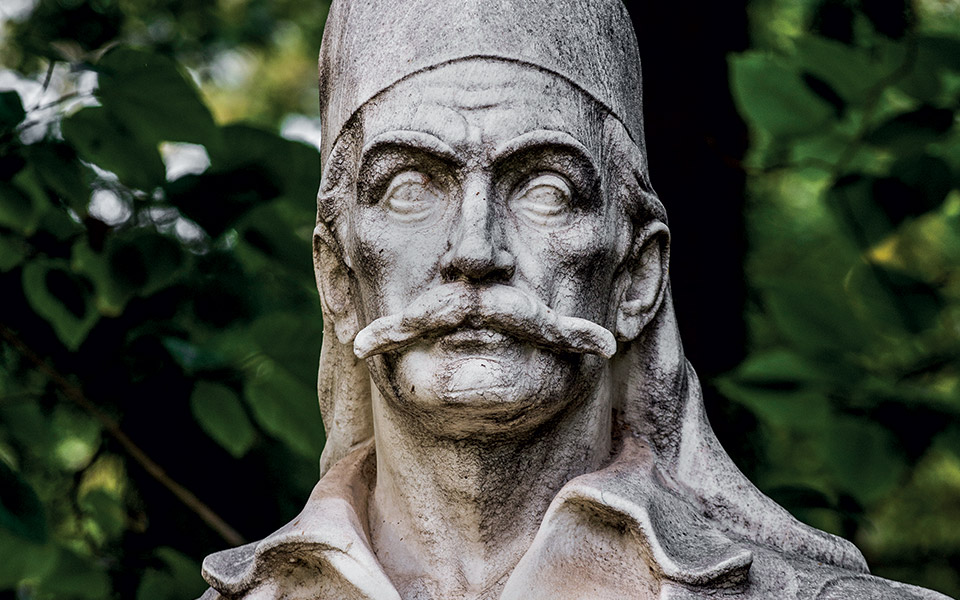
Nun’s Son
Sculpted by Fokion Rok and unveiled in 1937, the likeness of Georgios Karaiskakis (1780-1827) can be found on the Avenue of Heroes in Pedion tou Areos Park. One of the leading figures of the Greek Revolution, the man known as the “Nun’s Son” met his end in the Battle of Faliro, possibly from a stray bullet.
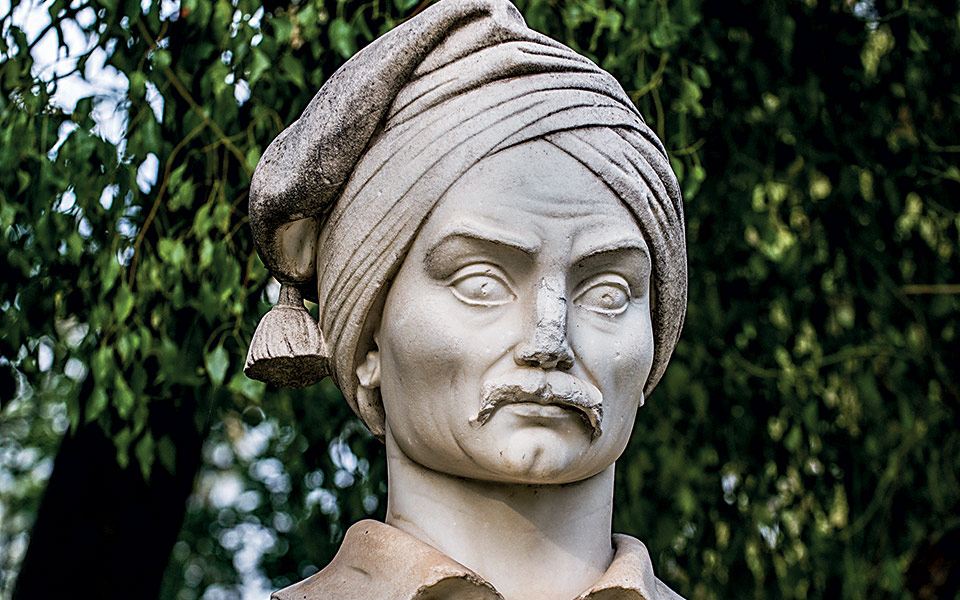
Konstantinos Kanaris
Konstantinos Kanaris (1795-1877), an admiral and a symbol of the Greek Revolution’s naval struggle, later served as Prime Minister of Greece. His bust by Michalis Tombros (1937) is another one of the sculptures that adorn the Avenue of Heroes.
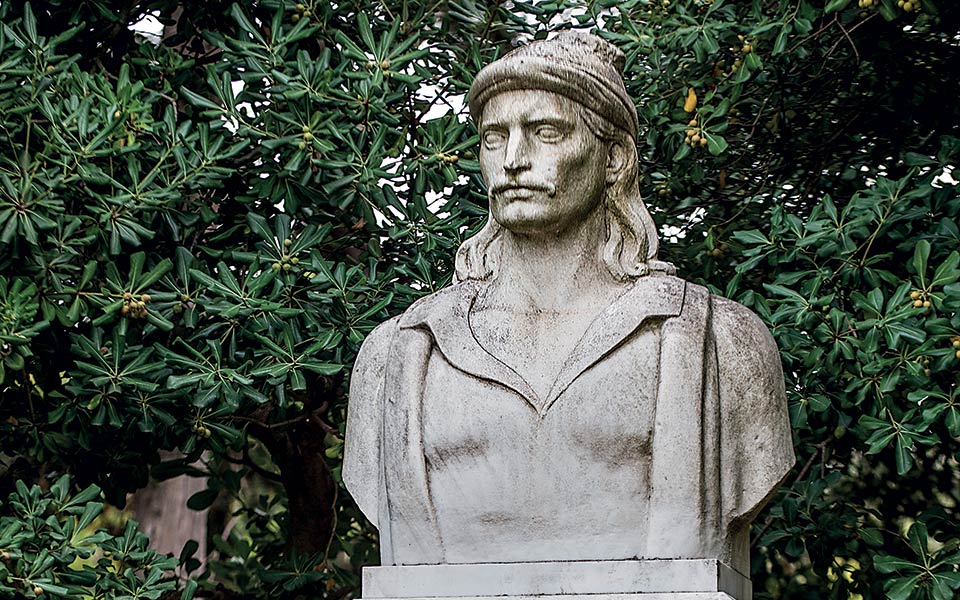
Odysseas Androutsos
This bust of Odysseas Androutsos (1788-1825), a leader of the Greek Revolution, is a work by Thanasis Apartis (1937) that also stands on the Avenue of Heroes. In 1822, near an inn at Gravia, Androutsos and a small group of fellow freedom fighters defeated a large Ottoman force under Omer Vrioni.
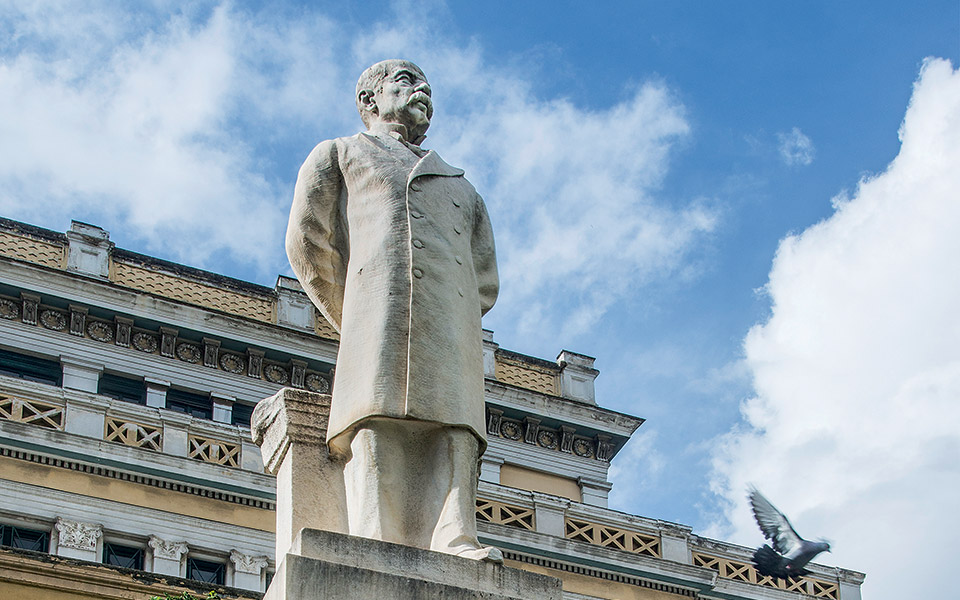
Harilaos Trikoupis
Greek statesman Harilaos Trikoupis (1832-1896), is known for both important modernization efforts and the bankruptcy of the state under his leadership. His statue (1920), designed by Thomas Thomopoulos to portray a person of vision, stands outside the Old Parliament, which now houses the National Historical Museum. The marble angel on the pedestal seems to be reading Trikoupis’ famous words: “Greece wants to live and will live.”









